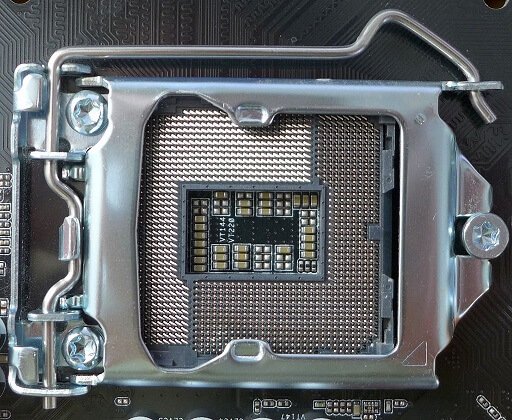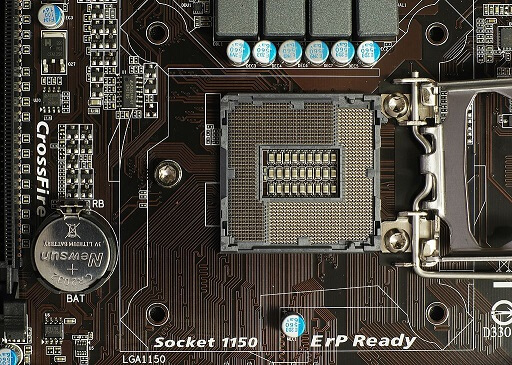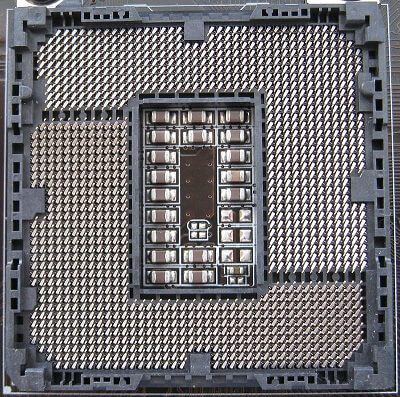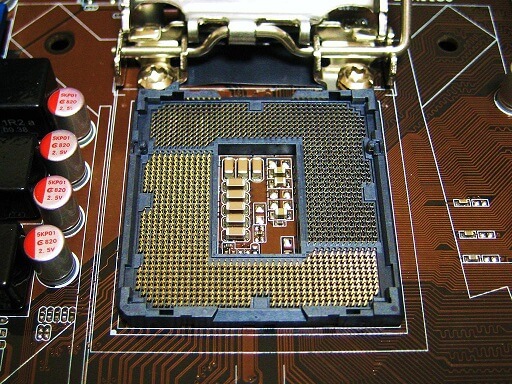About LGA 115x CPU
In general, LGA 115x CPU are CPUs compatible with the LGA (Land Grid Array) 115x series sockets, including LGA 1151, LGA 1150, LGA 1155 and LGA 1156.
LGA 1151 (Socket H4)
LGA 1151 is an Intel microprocessor compatible socket that comes in 2 distinct revisions. Its first version supports both Intel’s Kaby Lake and Skylake chipsets, while its second version only supports Coffee Lake chipsets.

The first version socket LGA 1151 motherboards support DDR4 memory, DDR3(L) memory and some have UniDIMM support. While motherboards for the second version socket only support DDR4 memory.
LGA 1151 is a successor for the LGA 1150, and it has 1151 protruding pins to make contact with the pads on the CPU. Most LGA 1151 socket motherboards support various video outputs like DVI, HDMI 1.4 or DisplayPort 1.2 (depending on the model).
LGA 1150 (Socket H3)
LGA 1150 is an Intel microprocessor socket adopted by Intel’s CPUs. It is built on the Haswell microarchitecture and Haswell’s successor, Broadwell microarchitecture.

LGA 1150 is the replacement of LGA 1155. Its motherboards support various video outputs including VGA, DVI or HDMI (depending on the model) as well as Intel Clear Video technology.
LGA 1155 (Socket H2)
LGA 1155 is also an Intel microprocessor socket but based on Sandy Bridge (2nd-Gen, 32nm, 2k-series) and Ivy Bridge (3rd-Gen, 22nm, 3k-series) microarchitectures. LGA 1155 equips with 1155 protruding pins to contact the processor pads. It is the heritor of LGA 1156 and marked the beginning of secure boot with support in some later boards.

LGA 1156 (Socket H)
LGA 1156, also called Socket H or H1, is a kind of Intel desktop CPU socket. Along with LGA 1366, LGA 1156 is designed to supersede LGA 775. Traditionally, the processors, including the LGA 775 processors, are connected to the northbridge via the Front Side Bus located on the northbridge. Yet, from the LGA 1156 processors on, the connections are included in the processors.

Heatsink of LGA 115x CPU
The four holes for fastening the heat-sink to the motherboard locates in a square with a lateral length of 75 mm for LGA 1151, LGA 1150, LGA 1155 and LGA 1156. Thus, the cooling system can be interchangeable within the 4 series.
LGA 115x CPU List
Which Intel processors are compatible with the socket LGA 115x series? Click the following link to go to the Intel official webpage to see the related CPU lists.

Intel Processor Series
There are altogether series of Intel processors:
- Intel Atom Processor series
- Intel Celeron Processor series
- Intel Core Processor series: i3, i5, i7, i9, etc. (1st – 10th generation)
- Intel Itanium Processor series
- Intel Pentium Processor series
- Intel Quark SoC series
- Intel Xeon Phi Processor series
- Intel Xeon Processor series
- Intel Movidius Myriad Processor series
- Intel EP80579 Integrated Processor series
- Intel IOC340 I/O Processor series
- Intel IOP34x I/O Processor series
Number of Cores
Though we use both CPU and processor to refer the piece of the chipset in our daily life, they are different things exactly. A processor is actually a CPU core. It can work on a single task. Thus, more cores mean multiple tasks can be carried out simultaneously. Currently, 2 -8 cores are common in a general use consumer CPU, while up to 18 cores for workstation or database CPUs.
Max Turbo Frequency/Processor Base Frequency
Using Intel Turbo Boost Technology, Intel processors can be overclocked and work at higher frequencies than its base frequency. As long as you avoid the CPU from overheating, you can boost your processor without worries.
Cache
Processor cache is a hardware cache memory used by the CPU to reduce the average processing cost of both time and energy to access data from the main memory. It is a smaller and faster memory located closer to the processor core than the main memory. CPU cache saves copies of the data from frequently used main memory locations.
If you want to learn more information about the LGA 1151 CPU list or other processor lists of LGA 115x series, just leave a comment below or contact us at [email protected].


User Comments :